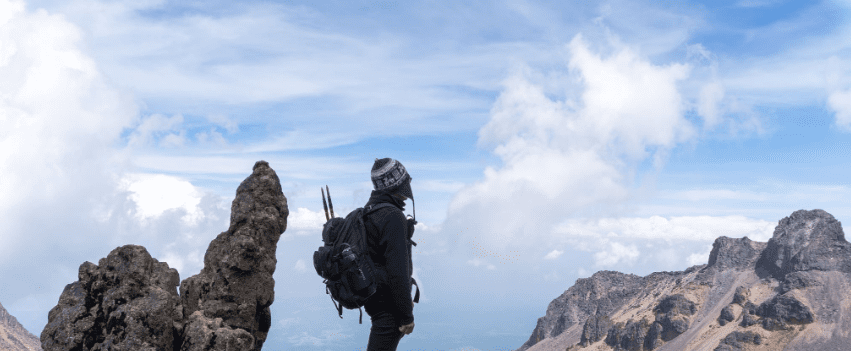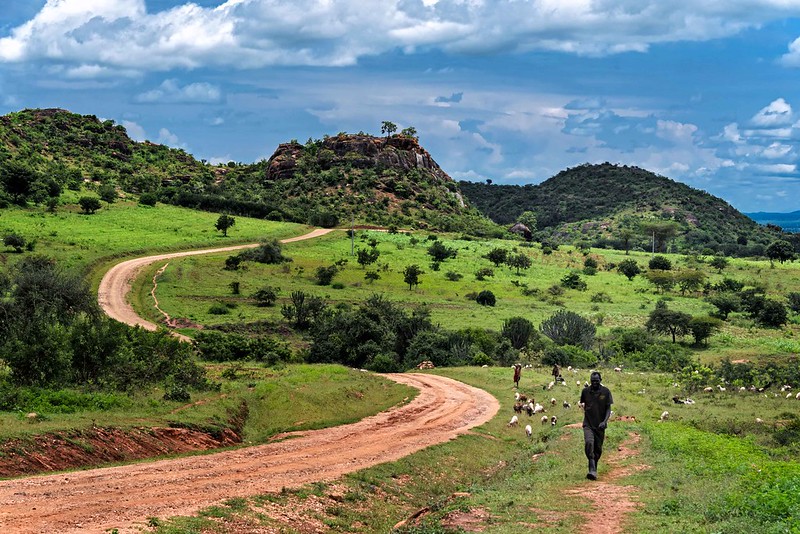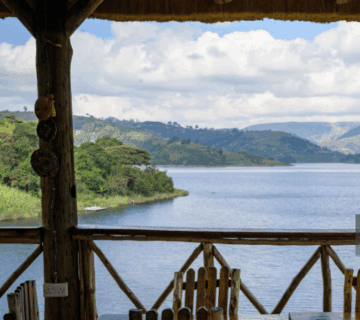What Does It Take to Hike Mount Kenya?
To Hike Mount Kenya is not just a physical challenge; it’s a transformative journey that tests your endurance, mental resilience, and connection with nature. As Africa’s second-highest peak, standing at 5,199 meters (17,057 feet), Mount Kenya offers breathtaking landscapes, diverse ecosystems, and an unforgettable adventure. But what does it truly take to conquer this majestic mountain? Beyond physical fitness, it requires preparation, determination, and a deep respect for the mountain’s unpredictable nature.
The Call of the Mountain
Mount Kenya is more than just a climb—it’s a calling. Unlike its taller sibling, Mount Kilimanjaro, Mount Kenya is often considered more technical, with rugged terrain, steep ascents, and varying weather conditions. However, those who answer its call are rewarded with pristine wilderness, dramatic glacial valleys, and a profound sense of accomplishment.
For many, the decision to Hike Mount Kenya stems from a desire to push personal limits, reconnect with nature, or experience one of the world’s most stunning alpine environments. Whether you’re an experienced trekker or a motivated beginner, the journey up this mountain will change you.
Physical Preparation: Building Strength and Stamina
One of the most critical aspects of preparing to Hike Mount Kenya is physical conditioning. The trek involves long hours of walking, steep ascents, and high-altitude conditions that demand endurance. Here’s how to prepare:
1. Cardiovascular Training
Hiking at high altitudes requires a strong heart and lungs. Incorporate running, cycling, swimming, or stair climbing into your routine at least 3-4 times a week. Aim for workouts that elevate your heart rate for extended periods.
2. Strength Training
Your legs will bear the brunt of the climb, so focus on squats, lunges, and calf raises. Core strength is equally important for balance, especially on rocky sections.
3. Hiking Practice
If possible, train on hills or mountains to simulate the conditions. Carrying a weighted backpack during practice hikes will help condition your body for the actual trek.
4. Altitude Acclimatization
Altitude sickness is a real risk when you Hike Mount Kenya. Spend time at higher elevations before your climb, hydrate well, and consider medications like Diamox if recommended by a doctor.
Mental Resilience: The Inner Climb
While physical fitness is crucial, mental strength often determines success. The journey can be grueling—cold nights, fatigue, and moments of doubt are inevitable. Here’s how to fortify your mind:
1. Set Clear Intentions
Why do you want to Hike Mount Kenya? Whether it’s for personal growth, adventure, or honoring a loved one, reminding yourself of your “why” will keep you going when the climb gets tough.
2. Embrace Discomfort
High-altitude trekking is uncomfortable. Your muscles will ache, the air will feel thin, and the weather can change rapidly. Instead of resisting discomfort, accept it as part of the journey.
3. Stay Present
Focus on one step at a time. Overthinking the distance ahead can be overwhelming. Celebrate small victories—each camp reached is progress.
4. Visualize Success
Before the climb, visualize yourself standing at Point Lenana (the highest trekking peak). Mental rehearsal builds confidence and prepares your mind for the challenge.
Choosing the Right Route
Mount Kenya offers several routes, each with unique challenges and scenery. The most popular ones include:
1. Sirimon Route
-
Difficulty: Moderate
-
Best For: Scenic views and gradual acclimatization
-
Highlights: Beautiful moorlands and fewer crowds
2. Chogoria Route
-
Difficulty: Challenging
-
Best For: Stunning landscapes, including the Gorges Valley
-
Highlights: Waterfalls, alpine lakes, and dramatic cliffs
3. Naro Moru Route
-
Difficulty: Tough (steep and fast ascent)
-
Best For: Experienced hikers looking for a quick summit
-
Highlights: The infamous “Vertical Bog” and Teleki Valley
Each route requires careful planning. Research thoroughly or consult a guide to choose the best path for your skill level.
Essential Gear: Packing for Success
Packing the right gear can make or break your trek. Here’s a checklist of must-haves when you Hike Mount Kenya:
Clothing
-
Moisture-wicking base layers
-
Insulated jacket (temperatures drop below freezing)
-
Waterproof outer shell
-
Sturdy hiking boots (broken in beforehand)
-
Gloves, hat, and thermal socks
Equipment
-
High-quality sleeping bag (rated for sub-zero temperatures)
-
Trekking poles for stability
-
Headlamp with extra batteries
-
Sunglasses (UV protection is crucial at high altitudes)
Other Essentials
-
Reusable water bottles or hydration bladder
-
High-energy snacks (nuts, energy bars, dried fruit)
-
First aid kit (including blister plasters and pain relievers)
-
Sunscreen and lip balm (the sun is intense at altitude)
The Role of Guides and Porters
While it’s possible to Hike Mount Kenya independently, hiring a guide and porters significantly increases your chances of success. Guides know the terrain, weather patterns, and emergency protocols. Porters carry heavy loads, allowing you to focus on the climb.
Supporting local guides also contributes to the region’s economy. Many guides come from nearby communities and share invaluable knowledge about the mountain’s history and ecology.
Respecting the Mountain: Leave No Trace
Mount Kenya is a UNESCO World Heritage Site, and its fragile ecosystems must be preserved. Follow these principles:
-
Pack out all trash (including biodegradable waste)
-
Stay on marked trails to avoid erosion
-
Avoid disturbing wildlife
-
Use designated campsites
The mountain has given adventurers unforgettable experiences—return the favor by leaving it pristine for future trekkers.
The Summit Push: A Test of Will
Summit night is the ultimate challenge. You’ll wake around 2 AM, trekking in darkness with only your headlamp illuminating the path. The air grows thinner, and every step feels heavier. But as dawn breaks, the sight of the sun rising over the African plains is indescribable.
Reaching Point Lenana (4,985m) is a moment of pure triumph. The jagged peaks of Batian and Nelion loom above, glaciers glisten in the morning light, and the world stretches endlessly below. This is why you endured the struggle—this breathtaking victory.
Life After the Climb
Descending brings reflection. The mountain teaches humility, patience, and perseverance. Many who Hike Mount Kenya return home with more than photos—they carry a renewed sense of purpose.
Whether you summited or turned back (which is also a brave decision), the mountain changes you. It reminds you that greatness lies beyond comfort zones and that every step forward, no matter how small, is progress.
Is It Worth It?
Absolutely. To Hike Mount Kenya is to embark on one of the most rewarding adventures on Earth. It demands preparation, resilience, and respect—but the rewards are immeasurable. The mountain doesn’t just test your body; it reveals your strength, determination, and connection to the natural world.
So, if you hear the call of Mount Kenya, answer it. Train hard, prepare well, and embrace the journey. The summit is just the beginning.



